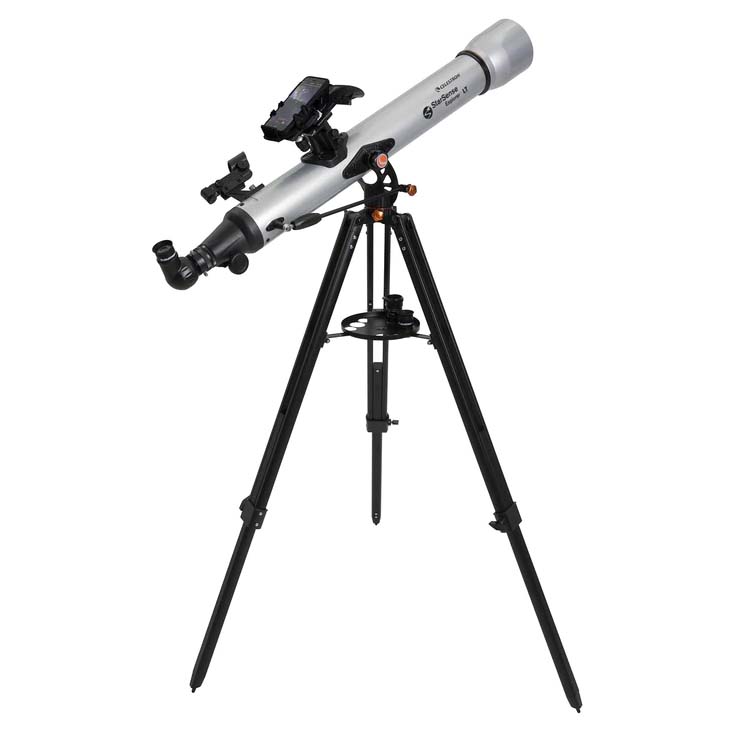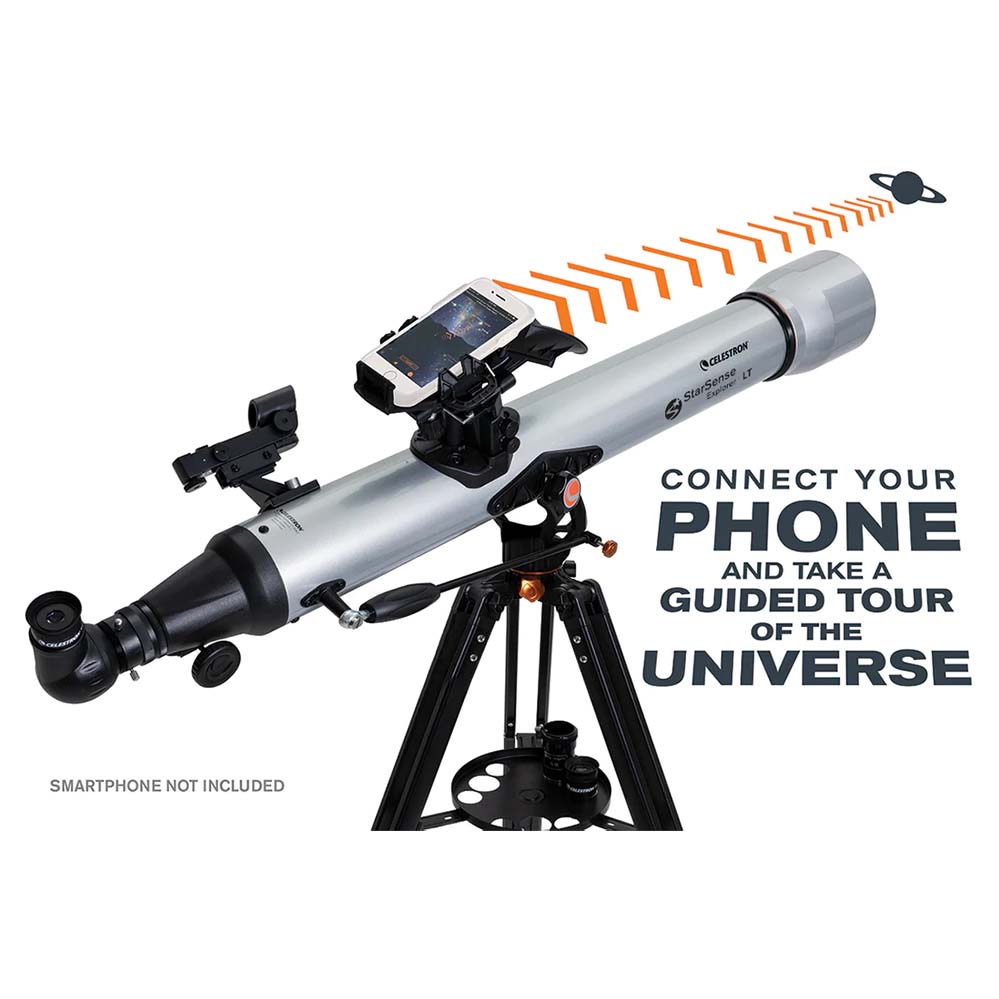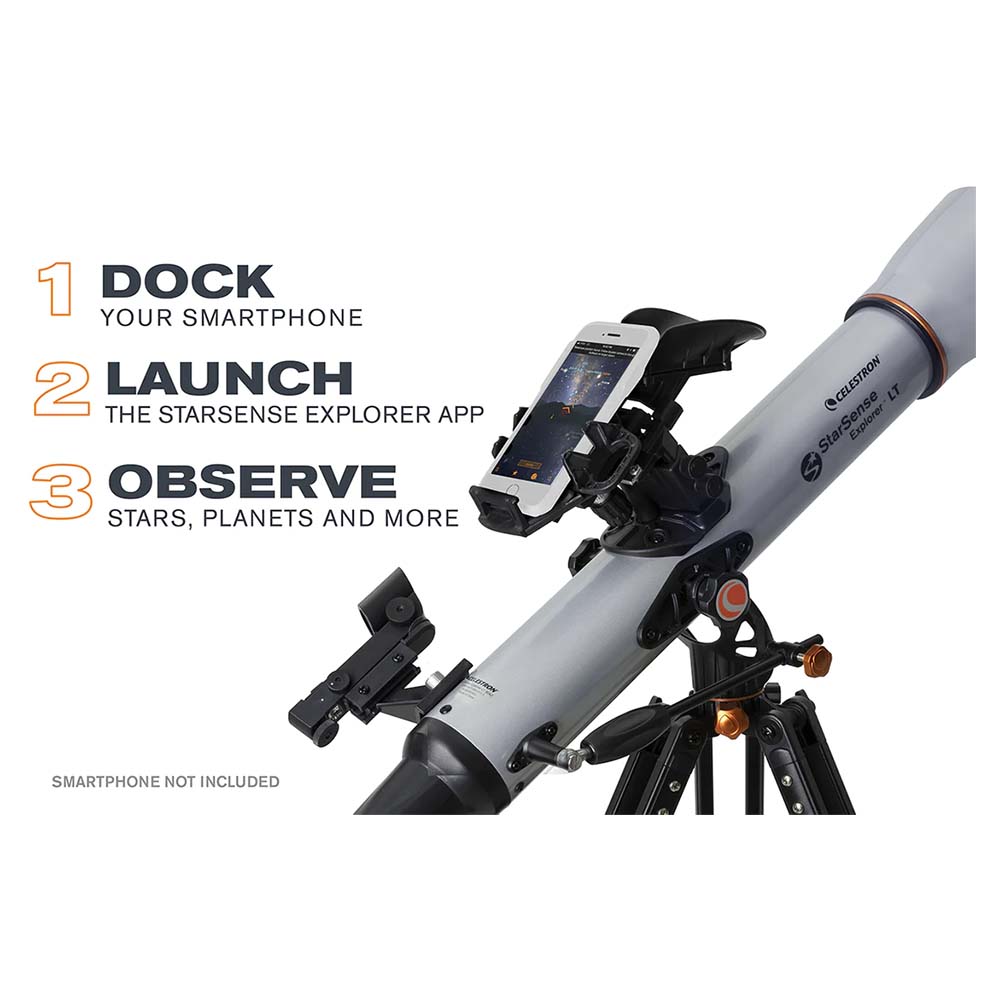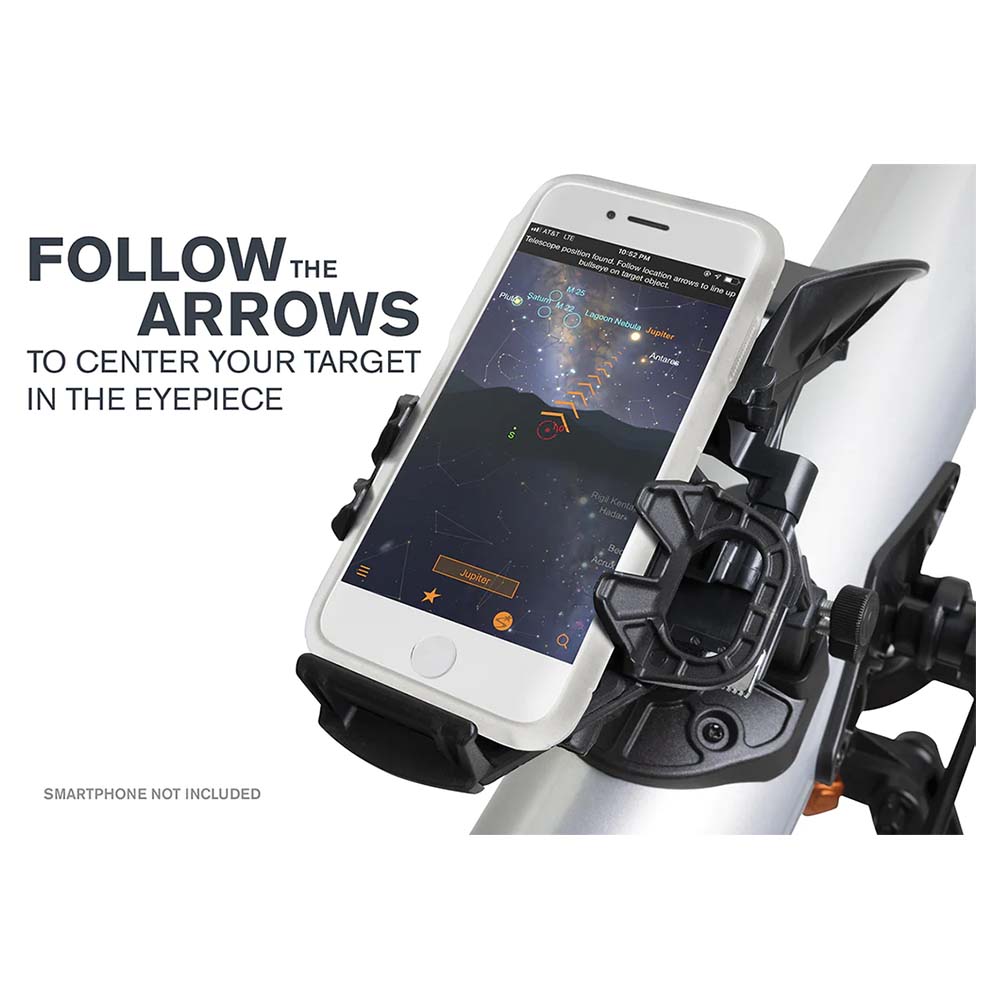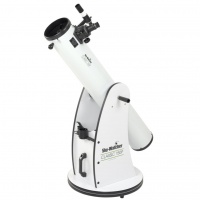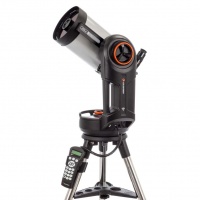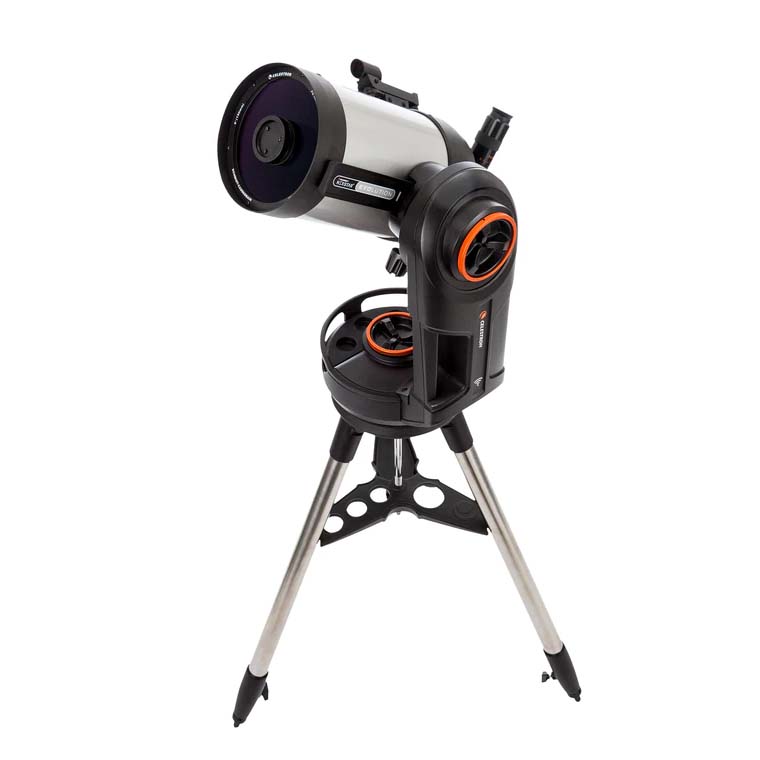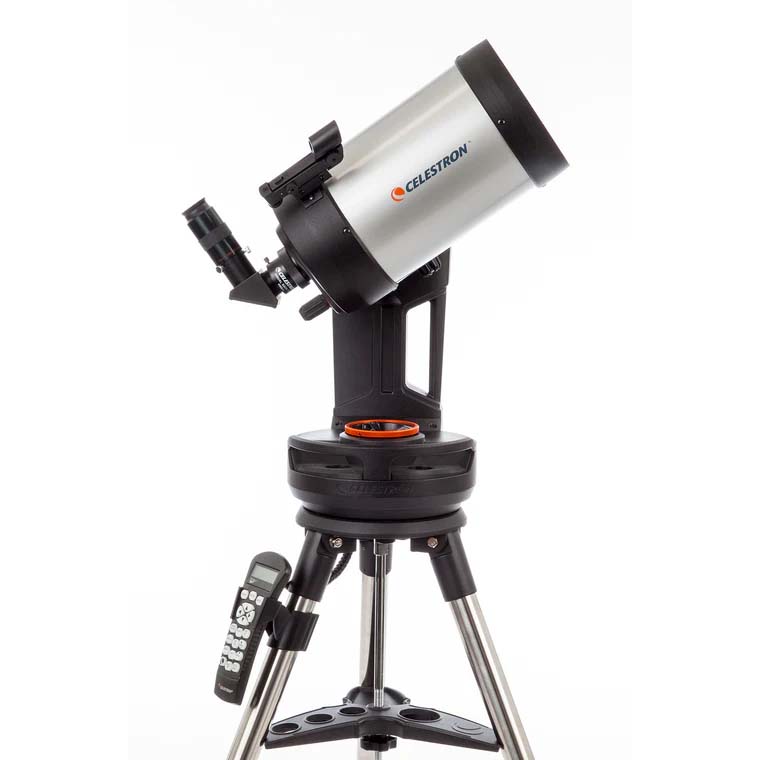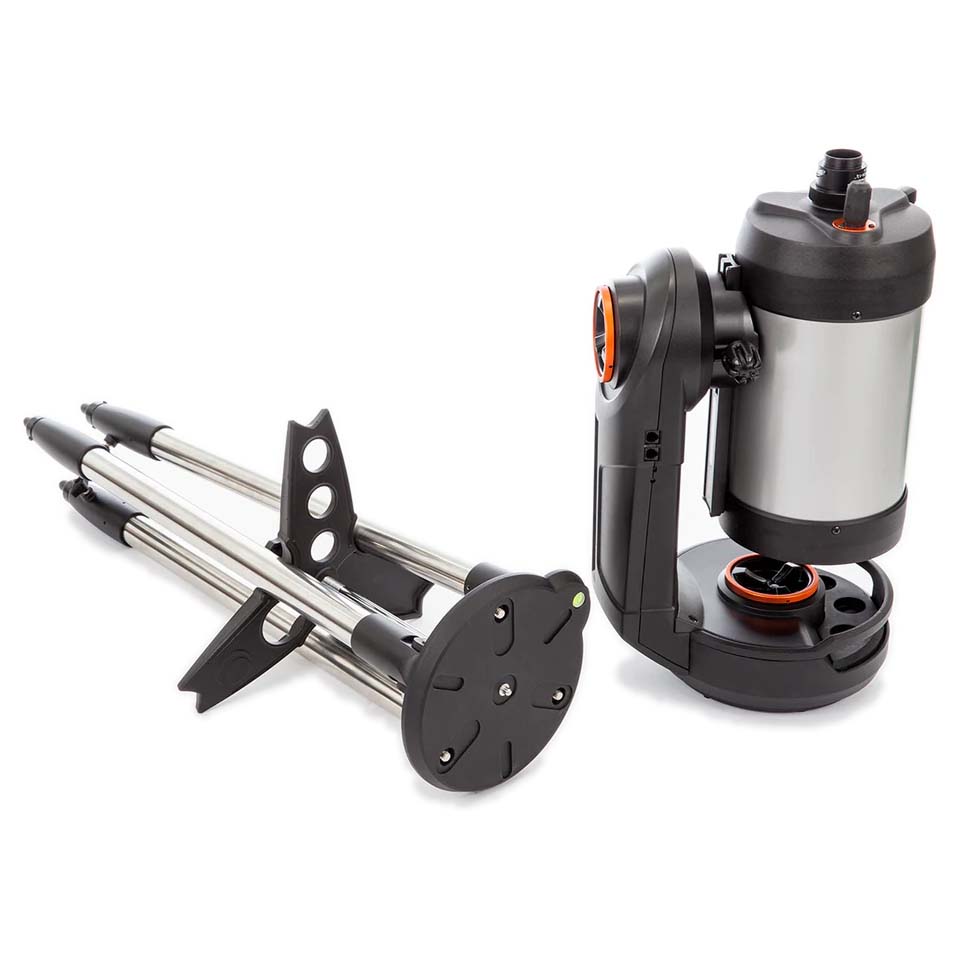Astronomy is a wonderful hobby and choosing the right Beginner’s Telescope will open up the wonders of our Universe to you. Finding the right beginner’s telescope can be confusing as there are so many types, manufacturers and models to choose from – all making their own claims. Before you can choose the best beginner’s telescope for yourself, it helps to answer some simple questions and this article will help you with the answers tailored to your needs, expectations, lifestyle and budget. Here is what to look for to achieve the best stargazing experience and get it ‘right first time’.
What are Telescopes for?
A telescope is an optical instrument designed to gather and magnify light from distant objects, enabling us to observe celestial objects such as stars, planets, galaxies, and other astronomical phenomena. Telescopes work by capturing and focusing light, allowing us to see objects that are too far away or too faint to be seen with the naked eye. Italian Astronomer Galileo Galilei said it best when he declared that his telescope “revealed the invisible”.
What can you see with a Beginner’s Telescope?

A beginner’s telescope can and will reveal a variety of celestial objects in the night sky, providing an exciting and educational experience. Everybody remembers their first view of the planet Saturn. While the level of detail and clarity will vary depending on the telescope's aperture, magnification, and the quality of its optics, here's a general overview of what you can expect to see with a beginner’s telescope:
- The Moon: A beginner’s telescope will provide stunning views of the Moon's craters, mountains, and valleys. You can observe the constantly changing shadows and details along the lunar surface.
- Jupiter: Jupiter will show its cloud belts and even a small telescope can show its four largest moons (Io, Europa, Ganymede, and Callisto) as they orbit the planet.
- Saturn: All but the smallest of beginner’s telescopes will reveal the stunning rings of Saturn and its largest moon Titan. Generally 40-50x magnification is required to make out the ring system. Larger telescopes will show more detail and more moons of Saturn.
- Mars: During its closest approaches to Earth, Mars may show polar ice caps and dark markings on its surface which can be seen in a modest beginner’s telescope.
- Venus: The brightest planet, Venus will exhibit its phases and show a large crescent when closest to the Earth.
- Star Clusters: Beginner’s telescopes can display open star clusters, such as the Pleiades (Seven Sisters) and the Beehive Cluster, revealing numerous stars grouped together.
- Nebulae: Some beginner telescopes can capture views of certain nebulae, such as the Orion Nebula (M42) and the Lagoon Nebula (M8), as faint patches of light.
- Galaxies: Outside our own Milky Way galaxy, many other galaxies are visible even with beginner’s telescopes. Many are distinctive sights, including the Andromeda galaxy, the Whirlpool, and the ‘Cigar’ and ‘Bode’s galaxy’ in the same field of view.
- Double Stars: Binary stars, where two stars orbit each other, can be split and observed as two distinct points of light. There are many beautiful double stars with contrasting star colours visible with a modest beginner’s telescope.
- Lunar and Solar Eclipses: A beginner telescope can offer a closer look at lunar craters during a lunar eclipse or reveal sunspots and solar prominences (with proper solar filters) during a solar eclipse.
Remember, the quality of the observing experience depends not only on the telescope but also on factors like light pollution, atmospheric conditions, and your familiarity with the night sky. Patience and practice are key to getting the most out of your beginner’s telescope and gradually discovering the wonders of the Universe. The more time you spend at the eyepiece, the more you will see as you get to know your equipment, and the Universe.
Best Telescope for Beginner: Questions to Ask yourself
Telescopes for Beginners come in various sizes and designs, each suited for different types of observations. There is no one ‘best’ telescope for everything. It is crucial to choose the right beginner’s telescope for you. Below are some important questions to ask yourself before making a decision. By answering these questions, you can narrow down your choices and find a telescope that aligns with your interests, experience level, and observing environment. Remember, the best telescope for you is the one that is versatile and encourages you to explore and enjoy the wonders of the night sky.
1. What types of Objects are you interested in observing?
Are you primarily interested in observing the Moon and planets, or deep-sky objects like galaxies and nebulae, or a combination of both? Different telescopes excel at different types of observations, but general purpose instruments do exist.
2. Would you want to use your telescope for Terrestrial Observations?
Some beginner telescopes can also be used for terrestrial observations, such as bird-watching, wildlife or landscape viewing.
3. Where will you observe with your telescope?
The best telescope is the one which gets used the most. Having a dark garden with no streetlights and a shed to keep the telescope in might be ideal, but it’s likely you may have to carry it a distance to set it up and use it. In such circumstances being able to carry everything (telescope, stand, accessories) in one go is desirable. Remember you not only have to set it up, but take it down and pack it away at the end of your observing session. Many high performance, highly capable telescopes are this portable!
4. Where will you store your telescope?
Your telescope won’t necessarily need to be left set up, but depending on the telescope (and where you will need to move it to use it) this can be a timesaver. Either way it’s important to have a safe, secure – and dry – location to get it ready for the next time you want to use it
5. Do you prefer a manual or computerised mount?
‘Simplicity’ here depends very much on the individual. We all use handheld devices and/or screens every day. Some people like to continue with that level of connectivity when pursuing their Astronomy. Others may like to put that smartphone down and do something different. This is a very important factor to consider not only when choosing a beginner’s telescope for yourself, but also as a gift for a child or an adult. Telescopes do not have to be computerised to give the best views. This comes from the telescope itself and the quality of the optics. Remember – there was a 400 years gap between the invention of the telescope, and the invention of the computer. In these 4 centuries people had a lot of fun with telescopes and made some amazing discoveries! But computerised telescopes can be of great assistance in finding and locating hard-to-find objects in the night sky.
6. What is your budget?
A beginner’s telescope doesn’t need to be expensive – but of course a larger budget will present more options. One question here is whether this is a one-off purchase – or whether you will likely be able/willing to gradually add to your accessories. As with many hobbies there will likely be additional items - eyepieces or filters or other accessories - which will be useful as your experience and knowledge develops. ‘Essential’ add-ons when purchasing a telescope might include things like a Moon filter, red light torch, smartphone adapter, or portable power supply for computerised models.
Types of Beginner Telescopes:
There are three main types:
Refractors
Refractors employ a lens system to gather and focus light, and are what most people picture when they think of a ‘telescope’. The lens at the front of the tube bends or refracts the incoming light, directing it to the focus where the image can be viewed with an eyepiece. Refractors can be ideal for viewing planets, and their high image contrast makes them suited for deep sky objects too. Additionally they are easy to use, low maintenance and robust. As they give upright images, refractors make good telescopes for distant terrestrial viewing.
Reflectors
Reflectors use mirrors to gather and focus the incoming light. ‘Newtonians’ are cheaper to produce than similar aperture refractors and do have many advantages. The world’s largest observatories (on the ground and in space) use reflectors and they can make great amateur telescopes. The eyepiece you look through is usually on the side of the tube, near the top, so reflectors are often on shorter tripods or floor-mounted stands. ‘Dobsonians’ are Newtonian reflectors on a simple alt-azimuth (usually MDF) mount. For a given budget, you will get a bigger telescope with a reflector. However the images are upside down which realistically precludes their use for terrestrial observations – i.e. they do not make good bird-watching scopes etc. Although ‘erecting eyepieces’ exist for reflectors they are very limiting.
Cassegrain Reflectors
There are several types of Cassegrains, generally using both lenses and mirrors to produce the image. The names ‘Maksutov-Cassegrain’ and ‘Schmidt-Cassegrain’ come up a lot and are the two main types. Like refractors, these are of a long focal length, making them great telescopes for viewing Moon and planets, but as the optical design is folded optically in a short tube, they are easier to handle, easier to mount, store and transport – a long telescope folded into a short tube. The Cassegrain designs are compact, portable and relatively maintenance free. Whereas Maksutov-Cassegrains are robust and hardy, but a bit heavier, Schmidt-Cassegrains are relatively delicate as the glass corrector plate a the front is much thinner. However this means they are lighter and easier to mount.
Types of Mounts:
There are two main types of mounts: equatorial and alt-azimuth. Equatorial mounts track the sky in an arc and are ideal for following objects around the sky, while alt-azimuth mounts, although appearing simpler in operation – moving left-right and up-down - can make it harder to follow objects across the sky, especially on a non-computerised telescope.
For beginners, alt-azimuth mounts often provide a more user-friendly experience and are less ‘intimidating’. The counterpoint is that equatorial mounts can actually teach you more about the way the sky works. Whichever Mount you choose for your beginner’s telescope make sure it is a stable one to give you the best views of the celestial sphere.
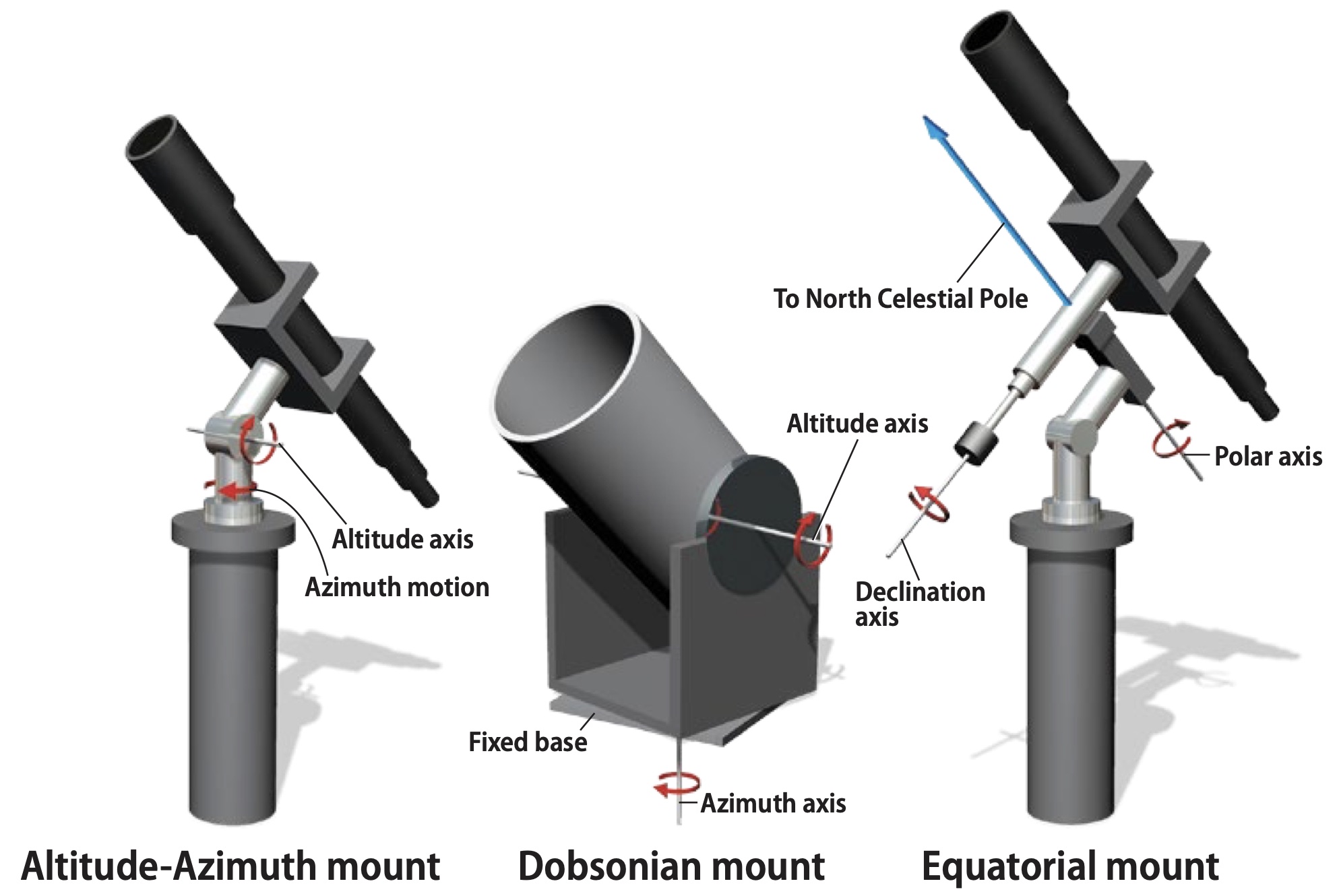
Best Telescope for Beginner: What to look out for
1. Good Quality Optics: Improved Image Quality
It goes without saying, but the telescope’s optical quality is critical to getting good images. Stick to the major brands and seek advice from us if you have questions.
2. Ease of Setup and Use:
How comfortable are you with assembling and operating technical equipment? Some telescopes require more setup and adjustment than others. This is an example of a product where it is essential to familiarise yourself with the instruction manual. With these highly-capable modern computerised telescopes, as easy as they are to use (once you know how), it’s not possible to just switch it on and learn as you go along. Reading the instruction booklet is a must.
There are often many good YouTube videos which can help you (unfortunately often hard to distinguish from bad YouTube videos) but realistically in conjunction with, not as a replacement for, the instruction manual.
We can also help remotely, via phone or email, with any aspect of set up and use – once you have familiarised yourself with the instruction manual.
3. Large Aperture: The Key to Crystal-Clear Views
A crucial factor in a telescope for planets is its aperture, - the optical diameter - which determines the amount of light it can gather. Larger apertures result in brighter and more detailed views of planets. For the best planetary observations, consider telescopes with at least a 4-inch (100mm) aperture or larger. A telescope of this size will reveal intricate details, such as the cloud bands on Jupiter or the stunning rings of Saturn. And the bigger the telescope, the more you can see!
4. A Good Range of Magnifications
Magnification (Power) is determined by the eyepiece used in the rear of the telescope. This is the part that you actually look through. Different eyepieces will give different magnifications. Optimum magnification for viewing the planets is often in the 100x-200x range, when observing conditions are good higher magnifications can be used, up to around 2x per mm of aperture/ 50x per inch of aperture – so a 100mm (4”) telescope will handle up to 200x magnification.
Sharper views will generally be had at magnifications lower than the maximum though, as the earth’s atmosphere will degrade the image especially when the object in question (planet in this case) is lower in the sky. This is why it is important to have a sensible range of accessories and a choice of magnifications.
5. Mount Stability: Steady and Smooth Tracking
A stable mount and tripod is essential for smooth tracking of planets across the night sky. Bear in mind that stability and portability can be at opposite ends of the spectrum with regard to telescope mounts. It is possible to have both – but then the price can go up….
6. Manual mounts vs. Go-To Functionality and Smart Technology
Many telescopes are equipped with Go-To or Smart Technology using computerised systems to automatically locate and track celestial objects, including planets. Depending very much on the individual, this technology can simplify planet finding, especially for newcomers to astronomy. Once mastered, with just a few clicks, the telescope will align itself and point you directly to your desired object, making your stargazing experience enjoyable and hassle-free.
We live in an era where everything is computerised. Remember - there was a 400 years gap between the invention of the telescope and the invention of modern computing, and during these 4 centuries people had a lot of fun viewing planets and galaxies and made a lot of discoveries. You do not need a computerised telescope to enjoy the night sky and the planets! Many beginners – and seasoned observers – prefer to just get out there and look, and learn the astronomy and the night sky as you go along. Manual telescopes are a joy to use too!
7. Portability: Explore the Skies Anywhere
Consider how portable you need your telescope to be. Do you have a good location to use it, like a garden or a local park? If you plan to take it to various locations for stargazing, a compact and lightweight telescope is essential. A portable telescope will allow you to explore different vistas, and you'll never miss an opportunity to witness the planets' beauty wherever you go.
8. Astrophotography Capabilities: Capture Planet Beauty
If you have an interest in astrophotography you can start with a Smartphone adapter such as Celestron’s NeXYZ , or you can connect your existing DSLR camera body with a T-Ring Adapter (we can advise you on this). Your smartphone can take great pictures – especially of the Moon and (with practice) the planets, and will allow you to easily share your experiences. A DSLR may provide a higher resolution image. A mount that tracks the sky as the Earth rotates is pretty much a prerequisite for astronomical photography.
9. Accessories
What accessories are included? Eyepieces, finderscopes, and other accessories can enhance your observing experience. A finderscope to help locate the target, and a choice of magnifications, are pretty much essential with any telescope.
10. Future Upgrades
Are you looking for a telescope that can grow with you as your skills advance? Consider whether the telescope can accommodate additional accessories and upgrades.
11. Maintenance
Are you willing to learn about and perform periodic maintenance tasks, such as collimating mirrors? Reflectors, for instance, may need occasion adjustment of the optics. Handsets on computerised telescopes sometimes need the software updated, but this is also relatively straightforward. Whatever telescope you have, keeping the optics clean and protected is an absolute must.
10 Best Telescopes for Beginners
If you're a beginner in the UK looking to explore the wonders of the night sky, these beginner telescopes could be a great option for you. In this section we will introduce a selection of beginner-friendly telescopes that are popular and well-suited for those starting their astronomical journey. We have carefully selected these based on over 50 years’ experience and feedback from our happy customers. We will be happy to help to choose the best beginner telescope for you!
1. Celestron StarSense Explorer 80AZ
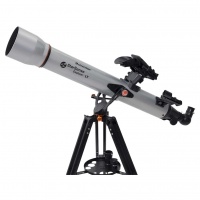 Sir Patrick Moore always recommended a 3” refractor as the best first telescope for astronomy, and this 3.1” offering from Celestron will not disappoint, benefitting from modern optical design and optical coatings, for sharp, high contrast images, and Celestron’s stunning ‘StarSense’ technology which basically commandeers the camera on your smartphone (which you place in a bracket on the telescope) and then gives you directions to any object in the sky. No tracking or ‘GoTo’ function just sheer fun and enjoyment.
Sir Patrick Moore always recommended a 3” refractor as the best first telescope for astronomy, and this 3.1” offering from Celestron will not disappoint, benefitting from modern optical design and optical coatings, for sharp, high contrast images, and Celestron’s stunning ‘StarSense’ technology which basically commandeers the camera on your smartphone (which you place in a bracket on the telescope) and then gives you directions to any object in the sky. No tracking or ‘GoTo’ function just sheer fun and enjoyment.
Reasons to Buy:
- Big enough to give very satisfying views, small enough to be easily portable.
- Revolutionary StarSense Explorer app makes navigating the night sky a breeze.
- Right way up image makes this a great general purpose telescope for daytime use too
2. Sky-Watcher Heritage 100P Tabletop
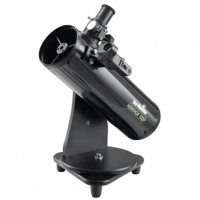 An exceptionally popular choice, which also works well as a gift thanks to its compact size and colourful packaging, this 4” tabletop reflecting telescope will give stunning views of the Moon and show disks of the major planets and the rings of Saturn. With ‘grab and go’ simplicity and portability, this is a telescope which will get used very often.
An exceptionally popular choice, which also works well as a gift thanks to its compact size and colourful packaging, this 4” tabletop reflecting telescope will give stunning views of the Moon and show disks of the major planets and the rings of Saturn. With ‘grab and go’ simplicity and portability, this is a telescope which will get used very often.
Reasons to Buy:
- Fun to have and to hold, easily transported wherever you go & sits comfortably on any surface.
- Parabolic optics give razor-sharp views of all objects
- Short focal length and wide field of view makes is a great choice for galaxies, nebulae, comets etc.
3. Sky-Watcher Skymax 127 AZ-GTi
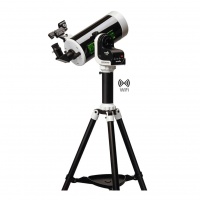 A best seller, the latest iteration of Sky-Watcher’s fabulous 5” Maksutov-Cassegrain comes with a highly portable, Wifi controlled mount and out of the box it has magnifications up to 150x. With true airline portability, this a great choice for the astronomer on the move, and is an exceptional performer on Moon and planets. Sky-Watcher’s free SynScan App allows you to control the telescope with your smartphone or tablet.
A best seller, the latest iteration of Sky-Watcher’s fabulous 5” Maksutov-Cassegrain comes with a highly portable, Wifi controlled mount and out of the box it has magnifications up to 150x. With true airline portability, this a great choice for the astronomer on the move, and is an exceptional performer on Moon and planets. Sky-Watcher’s free SynScan App allows you to control the telescope with your smartphone or tablet.
Reasons to Buy:
- Arguably the best value in a mid-range beginner’s telescope. Stunning optics, app control, portable
- Superb high-power views of Moon, planets and much more besides.
- Makes an excellent choice for lunar and planetary photography.
4. Celestron Astromaster 130EQ with camera adapter
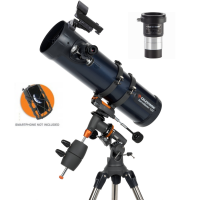 With its 130mm (5.1”) optics, this excellent equatorially-mounted reflector from Celestron is a superb all-rounder and comes with a basic smartphone bracket in the box. This model can be easily upgraded to track the sky with a motor drive kit, allowing easier viewing at high magnifications and the chance to take some great planetary photographs.
With its 130mm (5.1”) optics, this excellent equatorially-mounted reflector from Celestron is a superb all-rounder and comes with a basic smartphone bracket in the box. This model can be easily upgraded to track the sky with a motor drive kit, allowing easier viewing at high magnifications and the chance to take some great planetary photographs.
Reasons to Buy:
- A very good all-rounder allowing ventures into many aspects of amateur astronomy.
- Easily upgradeable with a motor drive add-on for more serious pursuits.
- Included equipment package and Celestron’s 2-year warranty
5. Celestron Nexstar 6SE
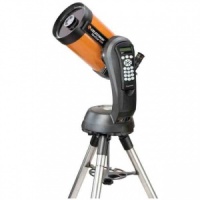 This 6” aperture Schmidt-Cassegrain on a computerised alt-azimuth mount is surprisingly compact and very versatile. The computerised handset has an on-board database of over 40,000 objects including Moon and planets. Upgrades easily to Wifi control and for photography.
This 6” aperture Schmidt-Cassegrain on a computerised alt-azimuth mount is surprisingly compact and very versatile. The computerised handset has an on-board database of over 40,000 objects including Moon and planets. Upgrades easily to Wifi control and for photography.
Reasons to Buy:
- 6-inch (150mm) optical system gathers 44% more light than a 5” telescope but is about the same size
- Celestron’s instruction manual is written in English (not translated) and makes it easy to get started
- Very versatile and extremely portable with a whole universe of available accessories!
6. Sky-Watcher Skyliner 200P
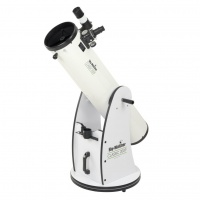 One of the true bargains in the telescope world. Stunningly good optics, and a very simple but smooth and stable Dobsonian mount, this full 8” aperture reflector will show a wealth of fine detail on the planets and many fainter satellites of Saturn.
One of the true bargains in the telescope world. Stunningly good optics, and a very simple but smooth and stable Dobsonian mount, this full 8” aperture reflector will show a wealth of fine detail on the planets and many fainter satellites of Saturn.
Reasons to Buy:
- Simple, stable and stunning. Fasten your seatbelts!
- 8” aperture accesses a stunning array of deep-sky capabilities
- F/6 Parabolic mirror performs equally well for wide-field deep sky and super high-power viewing.
7. Celestron Advanced VX 8” SCT
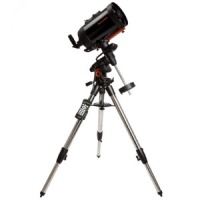 Possibly the closest thing to an ‘all-rounder’ telescope that does a bit of everything – with many options to progress further into the hobby in one or more of many directions. A full 8” aperture, compact tube size, very stable equatorial mount with tracking and Goto
Possibly the closest thing to an ‘all-rounder’ telescope that does a bit of everything – with many options to progress further into the hobby in one or more of many directions. A full 8” aperture, compact tube size, very stable equatorial mount with tracking and Goto
Reasons to Buy:
- Celestron’s 8” SCT is the telescope that started it all in the 1960s, now developed to perfection. An optical masterpiece.
- Excellent in design and execution, the Advanced VX mount & tripod provide a platform well suited to the many tasks this telescope is capable of performing.
- A truly expandable system. With Wifi control, GPS, dew control and many optica;, mechanical and electronic add-ons available*, this will last a lifetime. (* and that’s just from Celestron…)
8. Celestron Nexstar Evolution 9.25”
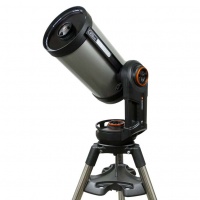 Another Celestron innovation, the excellent ‘Evolution’ range not only have a fully computerised Goto mount but have built-in Wifi and an internal rechargeable lithium battery to keep you planet-hunting all night. The 9.25” is optimised for image contrast and is outstanding telescope for Moon and planets.
Another Celestron innovation, the excellent ‘Evolution’ range not only have a fully computerised Goto mount but have built-in Wifi and an internal rechargeable lithium battery to keep you planet-hunting all night. The 9.25” is optimised for image contrast and is outstanding telescope for Moon and planets.
Reasons to Buy:
- The largest high-performance telescope that is practically a one-person set-up.
- Celestron’s 9.25” optical system is optimised for Moon and planets
- Wifi control and built-in lithium battery dramatically simplify field operations.
9. Celestron StarSense Explorer 10” Dobsonian
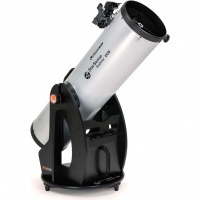 A larger aperture again, a 10” telescope gives a fantastic experience when observing Moon and planets, showing an abundance of surface detail, faint satellites, and bright, vivid images. This model uses Celestron’s StarSense Explorer technology to use your smartphone to guide the telescope around the sky, taking you to Moon, planets and deep sky with ease.
A larger aperture again, a 10” telescope gives a fantastic experience when observing Moon and planets, showing an abundance of surface detail, faint satellites, and bright, vivid images. This model uses Celestron’s StarSense Explorer technology to use your smartphone to guide the telescope around the sky, taking you to Moon, planets and deep sky with ease.
Reasons to Buy:
- A large telescope, the tube is compact enough to fit across the back seat of a car
- Revolutionary StarSense Explorer app makes navigating the night sky a breeze
- Straightforward easy-to-read instructions as well as in-App help.
10. Sky-Watcher Skyliner 300P Flextube Dobsonian
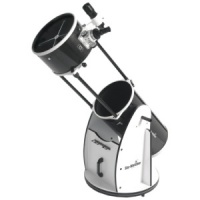 One size bigger again, a 12” mirror in a telescope will show vast amounts of detail on Moon and planets and provide a lifetime of pleasure. The innovative ‘Flextube’ design allows for more compact storage and easier transportation, and the manual Dobsonian mount is simplicity itself. This telescope is also available as a fully computerised ‘Goto’ version.
One size bigger again, a 12” mirror in a telescope will show vast amounts of detail on Moon and planets and provide a lifetime of pleasure. The innovative ‘Flextube’ design allows for more compact storage and easier transportation, and the manual Dobsonian mount is simplicity itself. This telescope is also available as a fully computerised ‘Goto’ version.
Reasons to Buy:
- Incredibly compact for a full 12”-aperture telescope with Sky-Watcher’s outstanding optics.
- Smooth and stable mount makes gliding around the night sky simple and natural.
- Excellent finderscope and focuser helping to get the best views of elusive objects.
Best Telescope for Beginners: Frequently Asked Questions
What is the cheapest beginner telescope?
A small tabletop Dobsonian Reflector, or a small (60mm or so) refractor from a major manufacturer still costs less than £100. Astronomy does not need to be an expensive hobby. The night sky is a free resource. Once you have your telescope (or binoculars) there’s no monthly subscription charge. It’s all free!
What is the best beginner telescope for a child?
Generally speaking, the best telescope for a child is one that they can manage to move around and operate themselves. Then they will feel like it is theirs rather than something they are dependent on an adult to use. In practice, depending on the age of the child, it is imperative though that the telescope is not in use when the Sun is in the sky – there is too much that can go wrong. Even a casual, accidental fleeting look at the Sun through telescope can result in permanent blindness.
Which is the best beginner telescope for astrophotography?
There are so many aspects to this, and the market for such equipment is so dynamic, that its always best to discuss this (phone or email) with one of our advisors who can ‘tailor’ the recommendations to your circumstances and interests. Planetary astrophotography can be easier than deep sky, and a lot depends on whether you will want to use a camera you already own, or get one specifically for the purpose. The Universe is a big place and there’s lots of different targets. We can help you with a shortlist of equipment, from which you can safely make your preferred choice.
Which beginner telescopes comes with a phone mount?
While it is true that some do come with a smartphone adapter as part of the package, this should not a priority factor in the choice, as ‘included’ smartphone adapters will generally only be the most basic units. Some Celestron and Sky-Watcher models will come with smartphone adapters, but these are the major brands and we would be directing you to them anyway.
Conclusion
The key to enjoying astronomy as a beginner is to start with a telescope that matches your skill level and interests. Investing in the right beginner telescope will enhance your viewing adventures. Remember to consider your observing interests (planetary, deep-sky, and/or terrestrial observations), whether you prefer manual or computerized controls, your budget, and other factors described in this article when choosing the best beginner telescope for you.
The beginner’s telescopes mentioned in this article have proven themselves as some of the best tools to start exploring and appreciating the beauty of our neighbouring worlds. With one of these exceptional beginner’s telescopes by your side, you can unlock the wonders of the cosmos and embark on an extraordinary voyage through the celestial realms. Happy stargazing!
Do you need more help?
Then call us on 01353776199 or email sales@widescreen-centre.co.uk for more advice. We are happy to help!
Clear skies!
Simon, Elena and The Widescreen Centre Team


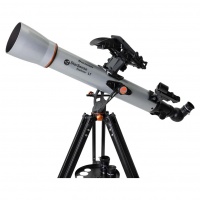
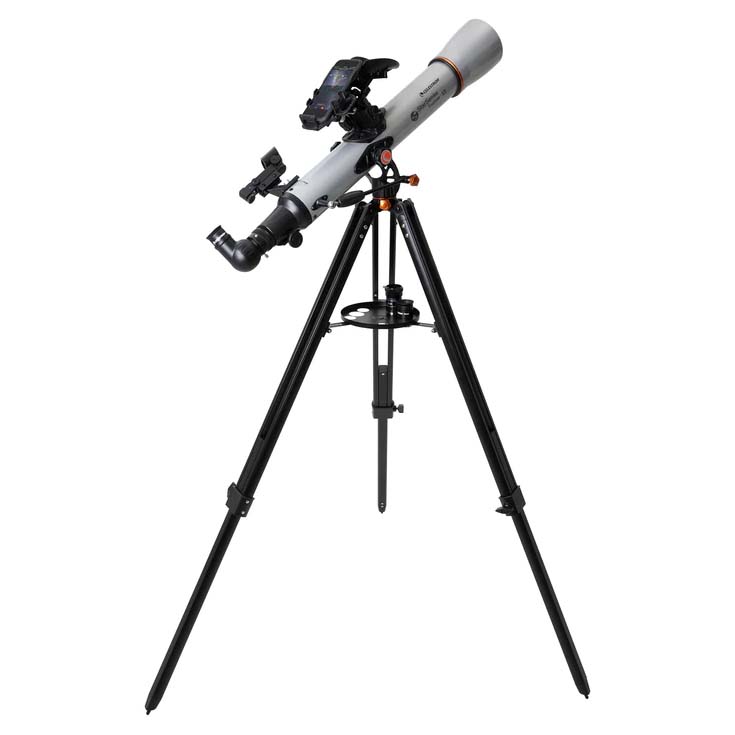
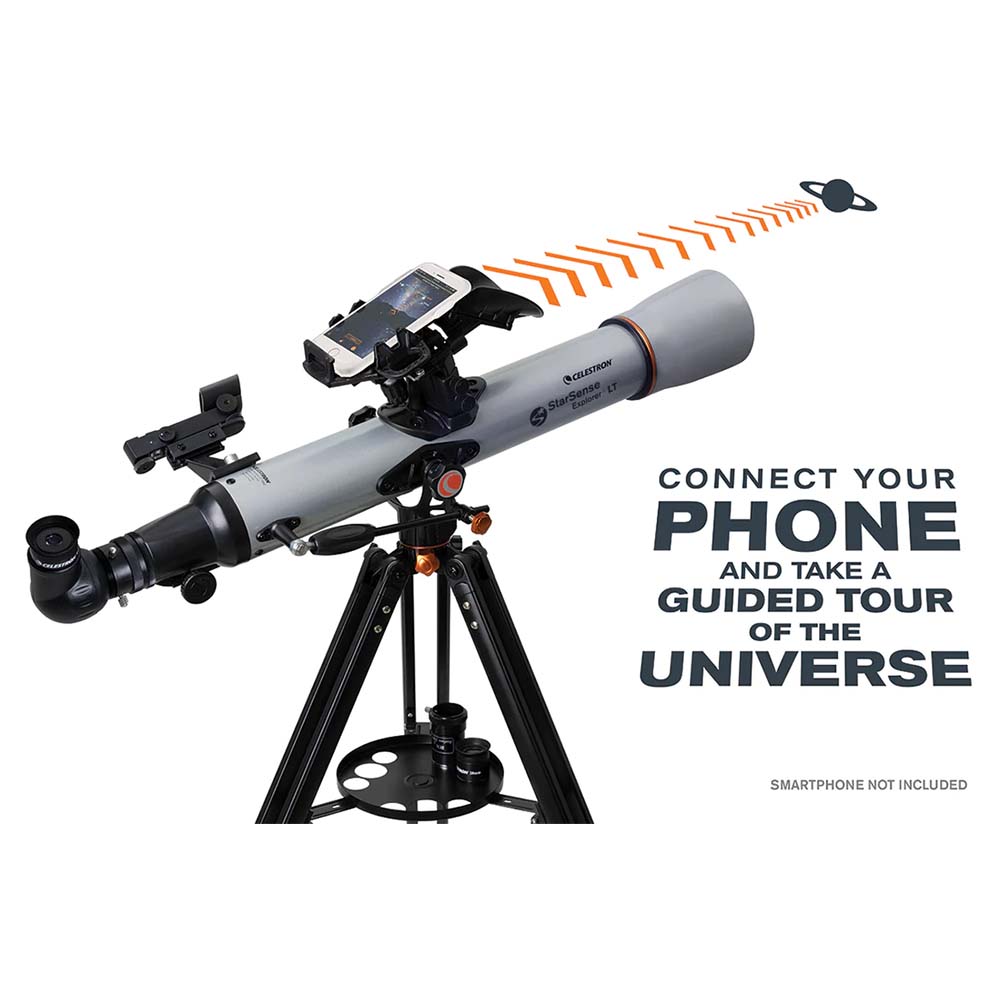
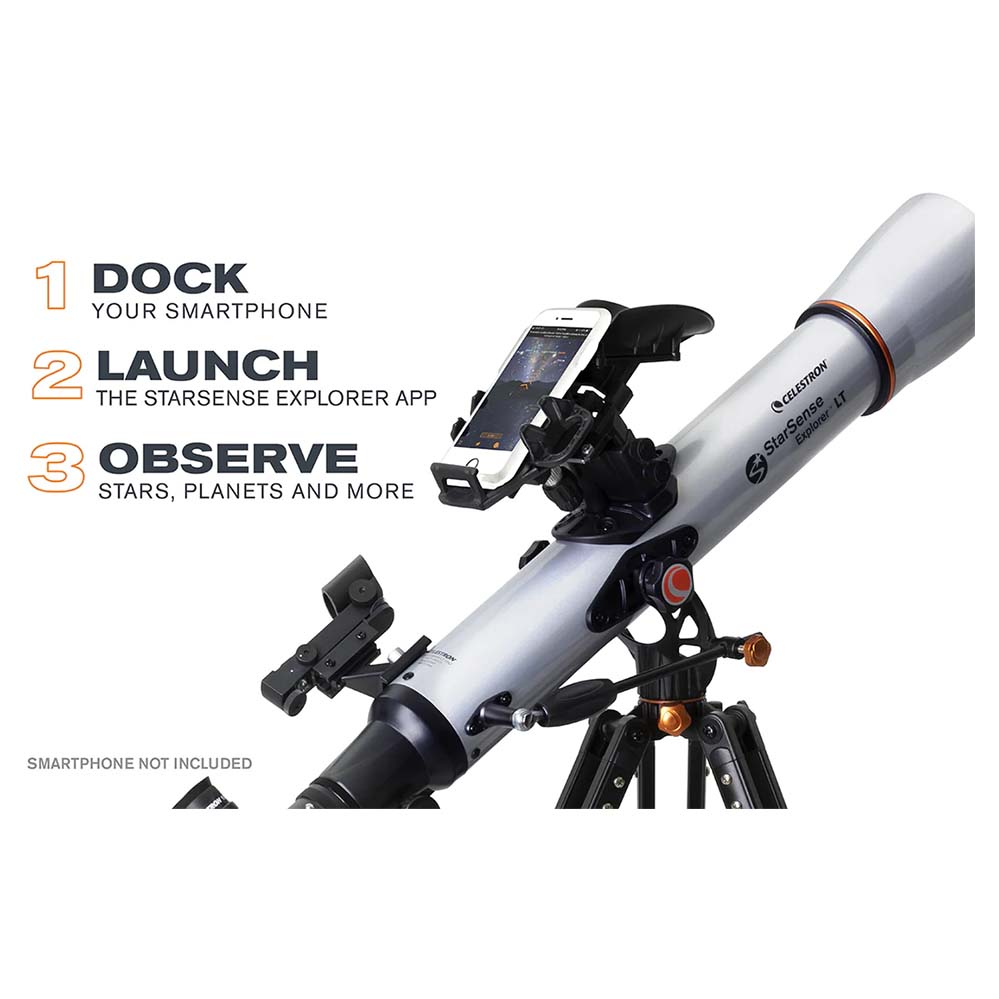
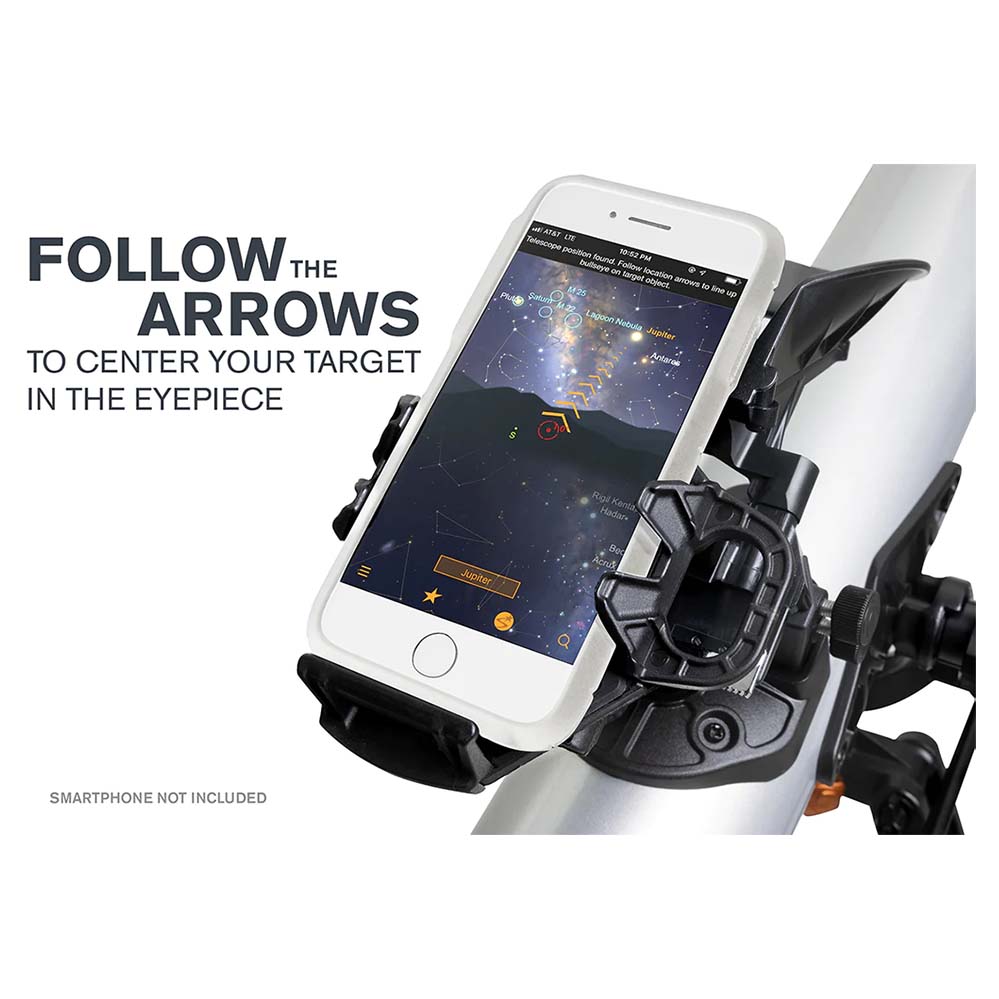

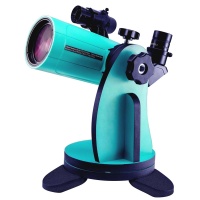
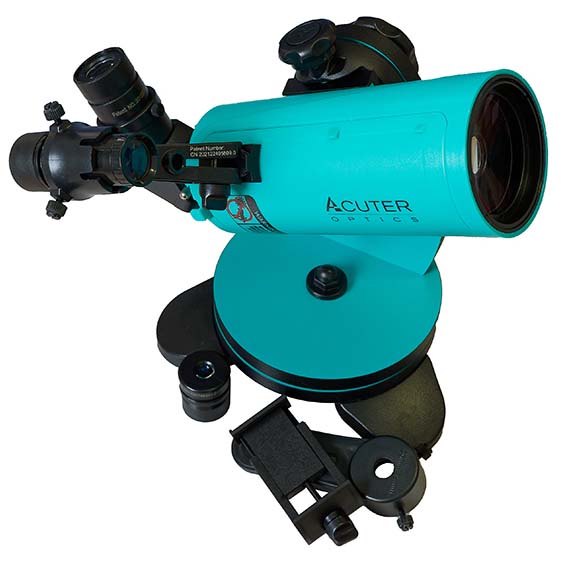
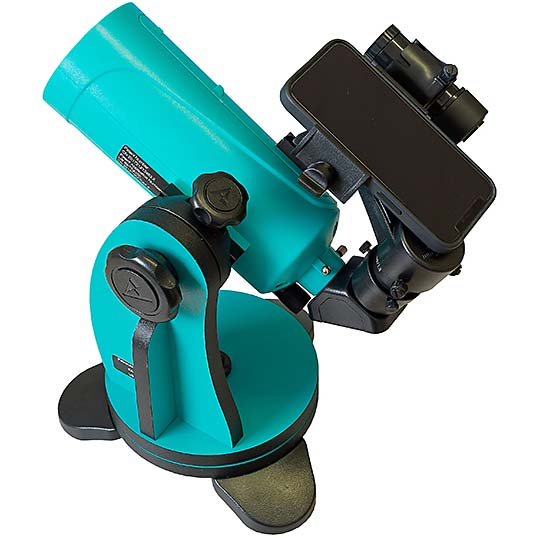
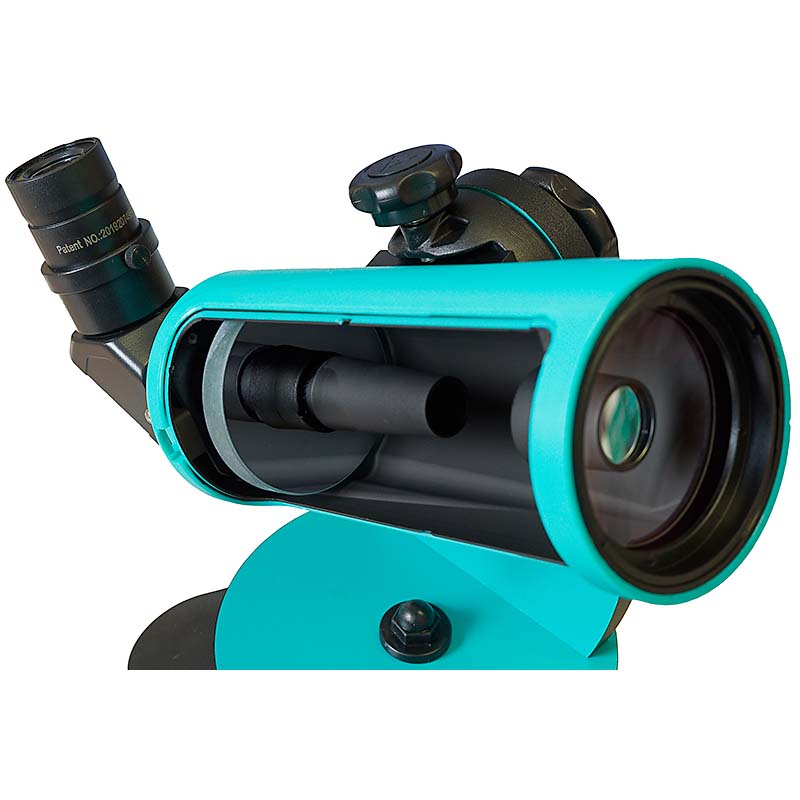
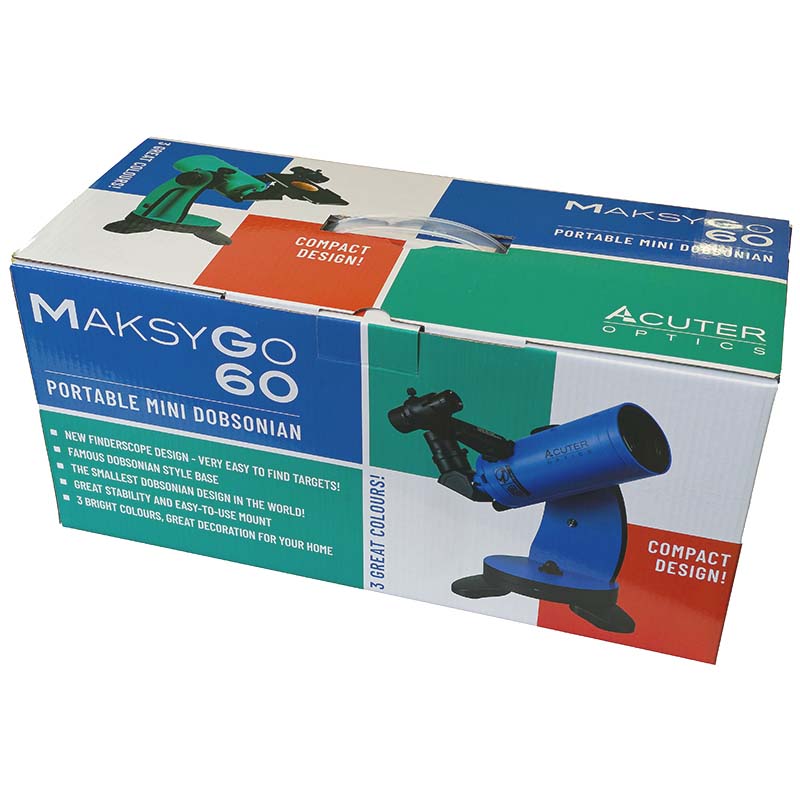

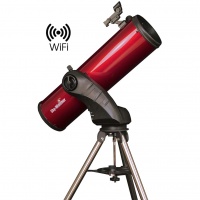
.jpg)

